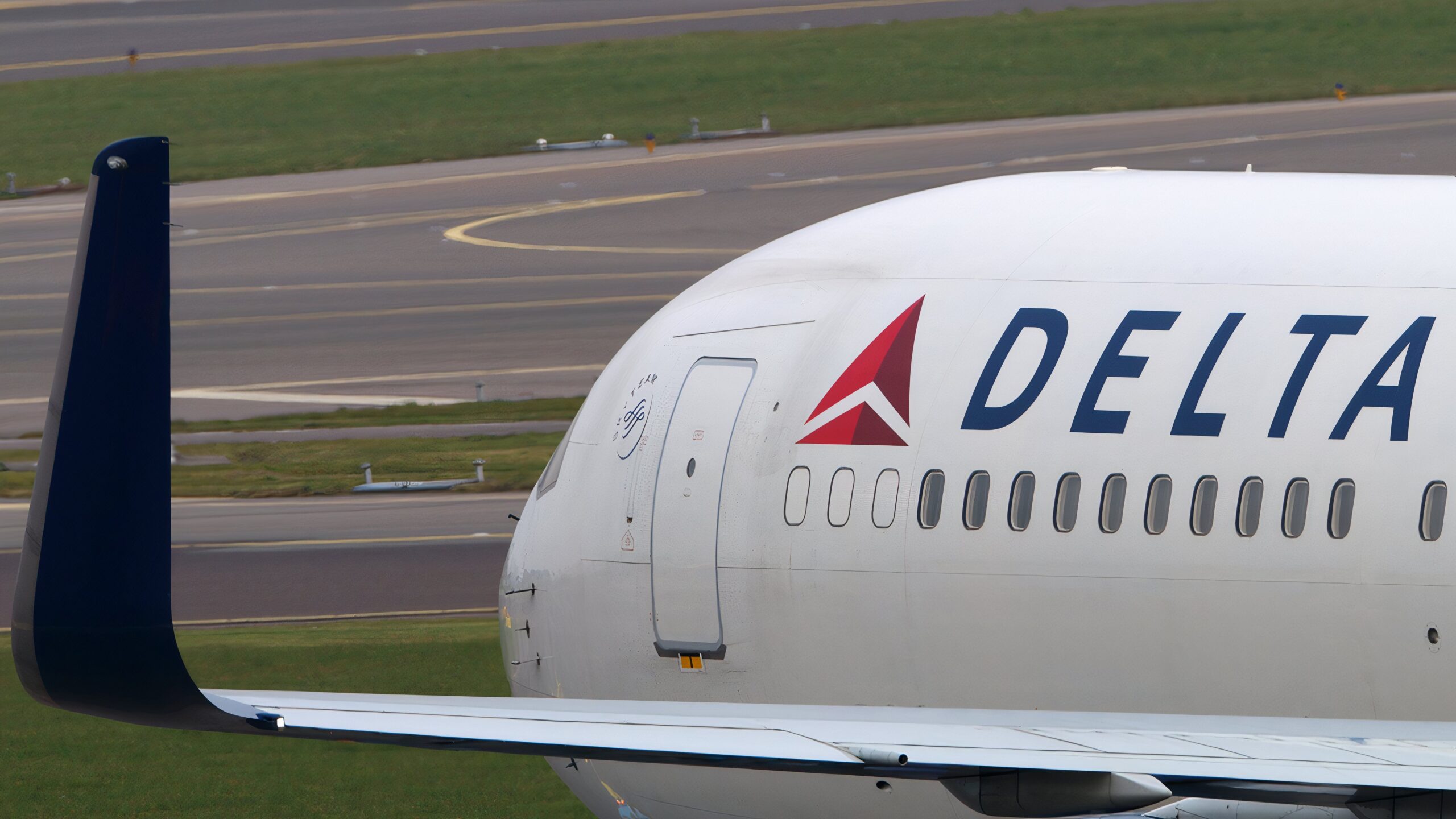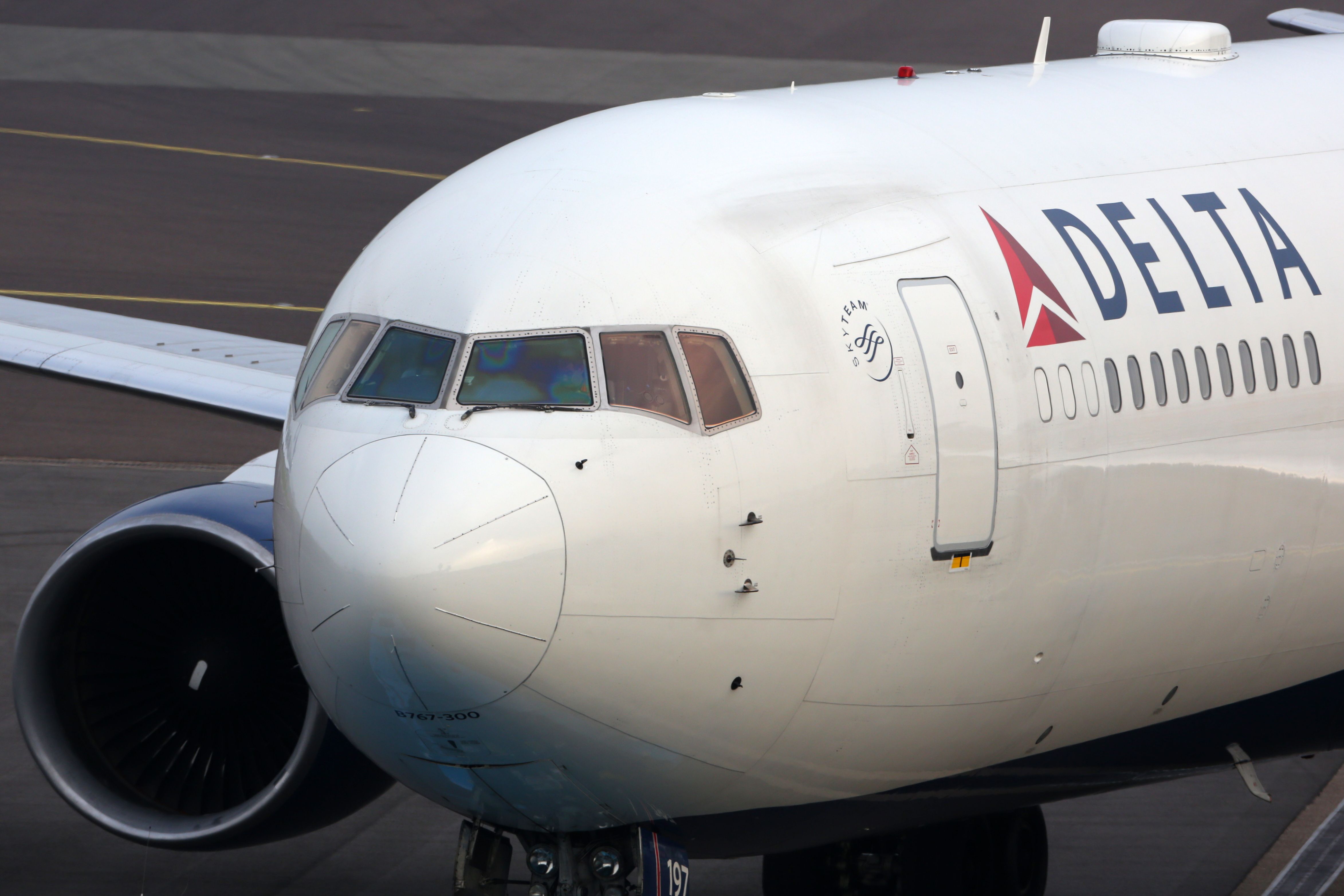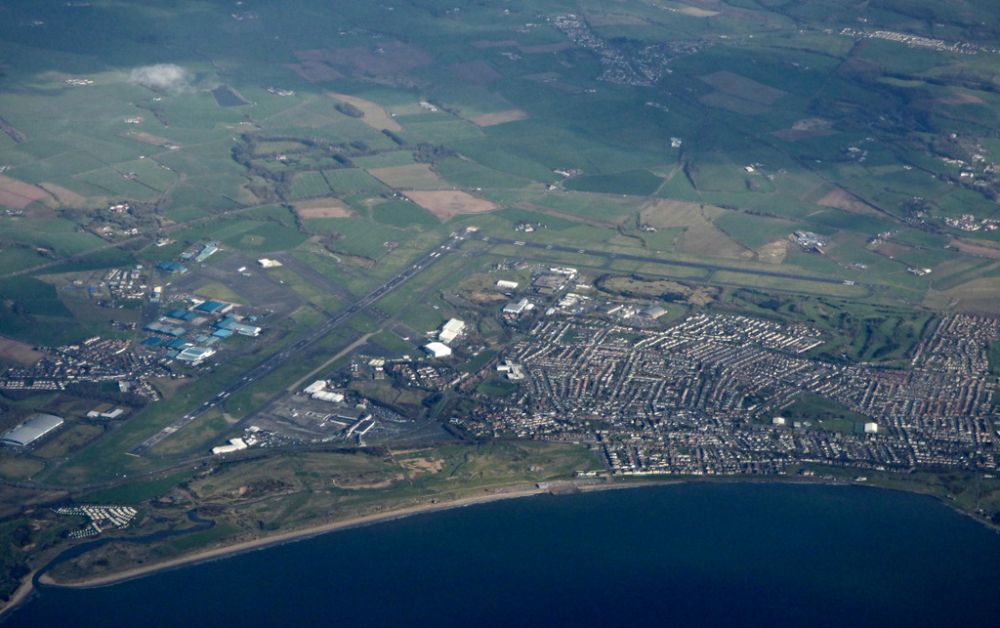Summary
- Delta Air Lines flight DL209 encountered a severe fuel leak and engine fire incident.
- The AAIB’s final report found a fatigue failure in the engine caused the fuel leak and subsequent fire.
- Passengers safely disembarked after emergency landing at Glasgow Prestwick Airport without further incident.
Last year, Delta Air Lines Boeing 767-300 flight number DL209 departed Edinburgh, Scotland, en route to New York JFK in the USA. During takeoff from runway 24, the aircraft climbed to about 10,000 feet when the crew decided to halt the ascent. We now have the authorities’ final report on what happened during the incident.
What happened during this flight?
We previously covered this story as it happened: on the morning of February 10, 2023, a harrowing incident occurred aboard flight DL 209, a Delta Air Lines Boeing 767-300ER en route from Edinburgh Airport (EDI) to New York’s John F. Kennedy International Airport (JFK) suffered an engine fire upon takeoff. Here are the facts and timeline you should remember with this incident.
Photo: Fasttailwind | Shutterstock
The aircraft, bearing the registration number N197DN, encountered an emergency when the right engine caught fire, and a fuel leak was discovered.
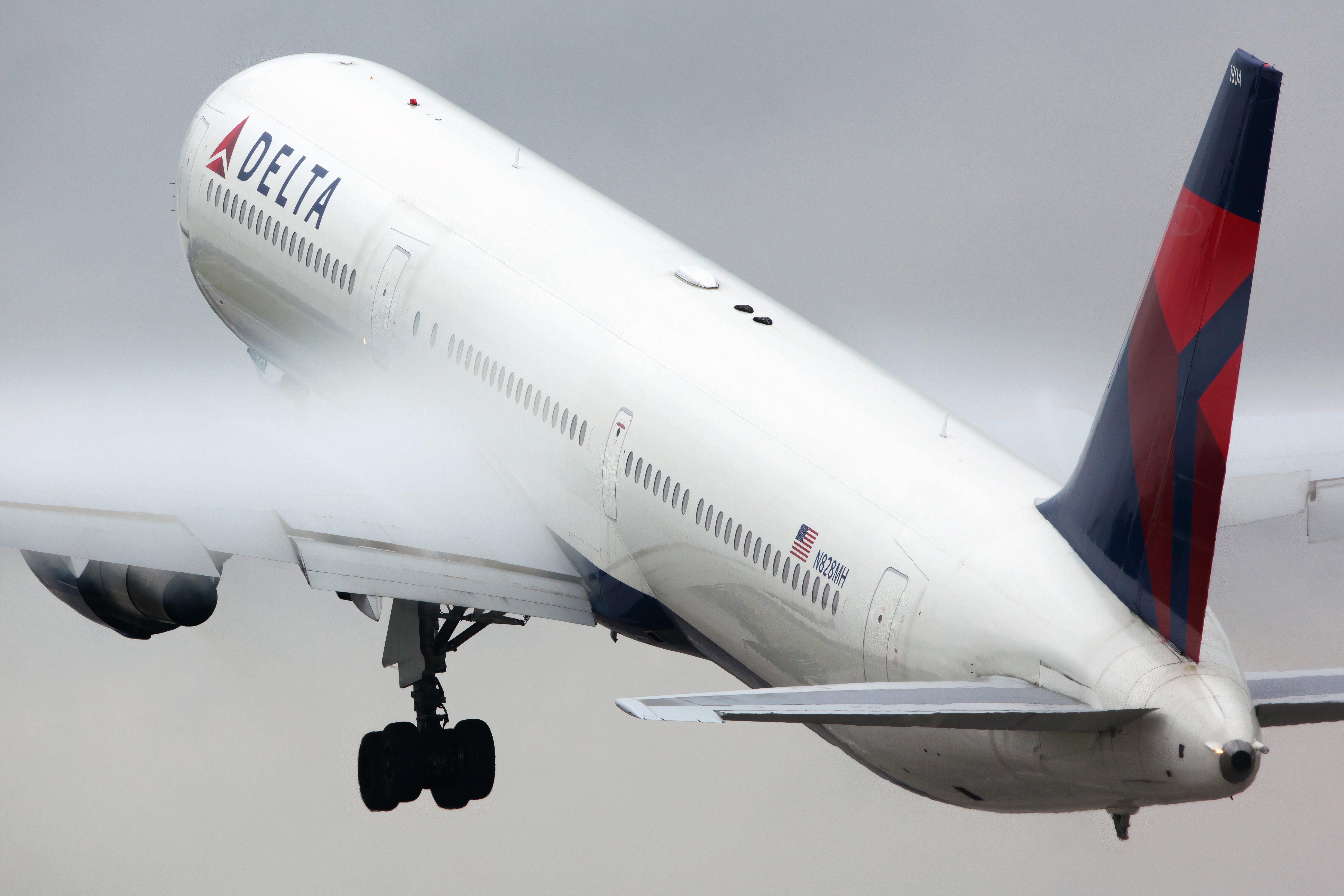
Related
Delta Air Lines Boeing 767-400ER Returns To Milan After Engine Fails During Takeoff
The aircraft landed safely after a short circuit.
Just ten minutes after departing from EDI, the right engine ignited flames, and a fuel leak became apparent. Reacting swiftly to the crisis, the skilled pilots decided to perform an emergency landing, diverting the flight to Glasgow Prestwick Airport (PIK).
Following the unforeseen events, the aircraft safely landed on the runway approximately 30 minutes after takeoff. Once on the ground, the aircraft taxied to the apron, where the relieved passengers could disembark without further incident.
Findings of the final report.
According to the Avherald, On July 18, 2024, the Air Accidents Investigation Branch (AAIB), the British counterpart to the National Transport Safety Board (NTSB), released its final bulletin, presenting its conclusions regarding the probable causes of the serious incident. Here are some extracts of the report.
“During the event flight’s early stages, a high-pressure turbine blade fractured through fatigue cracking. A possible combination of hot corrosion and pitting from external contamination initiated the fatigue crack.”
“The detached blade caused damage to a further five blades, resulting in an engine imbalance. A drain tube in the right fuel tank fractured, probably as a result of the vibrations transmitted from the out-of-balance engine. “
“This resulted in fuel escaping from the right fuel tank out of a wing drain hole and igniting in flight. The flight crew landed the aircraft promptly at Prestwick.”
“The ground crew noticed the fuel coming from the wing as the aircraft parked near the terminal buildings. The wind was blowing the fuel towards the hot brakes and there was a risk of a fuel fire. The passengers were rapidly disembarked, and actions were taken to contain and stop the fuel leak.”
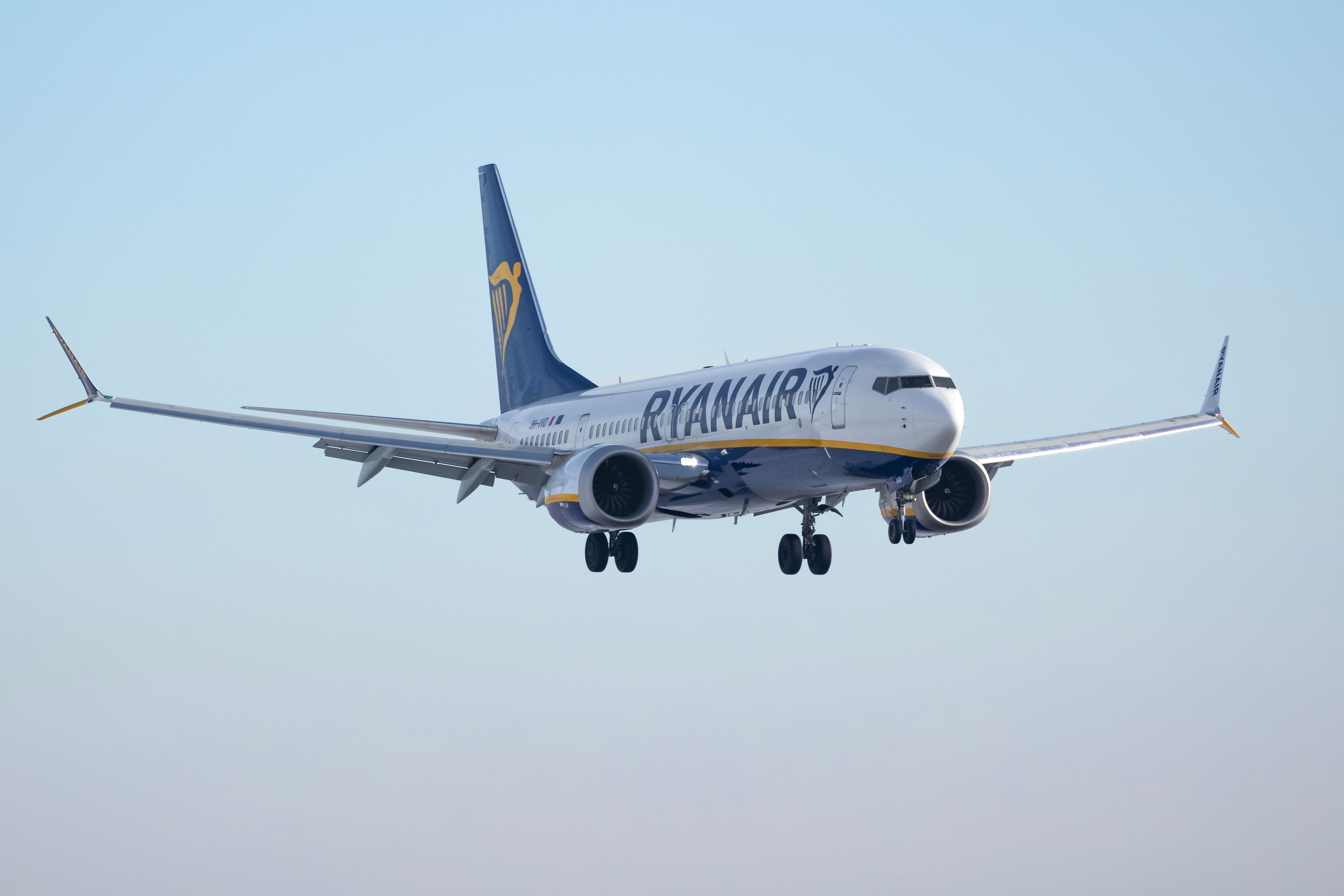
Related
British AAIB Investigating Ryanair High-Speed Nose-Down Go-Round At London Stansted Airport
The Boeing 737 MAX 8-200 was taken out of service for two days following the incident.
What do you think of the AAIB’s findings? Can you think of another similar incident? Let us know your thoughts and don’t hesitate to start a conversation.

